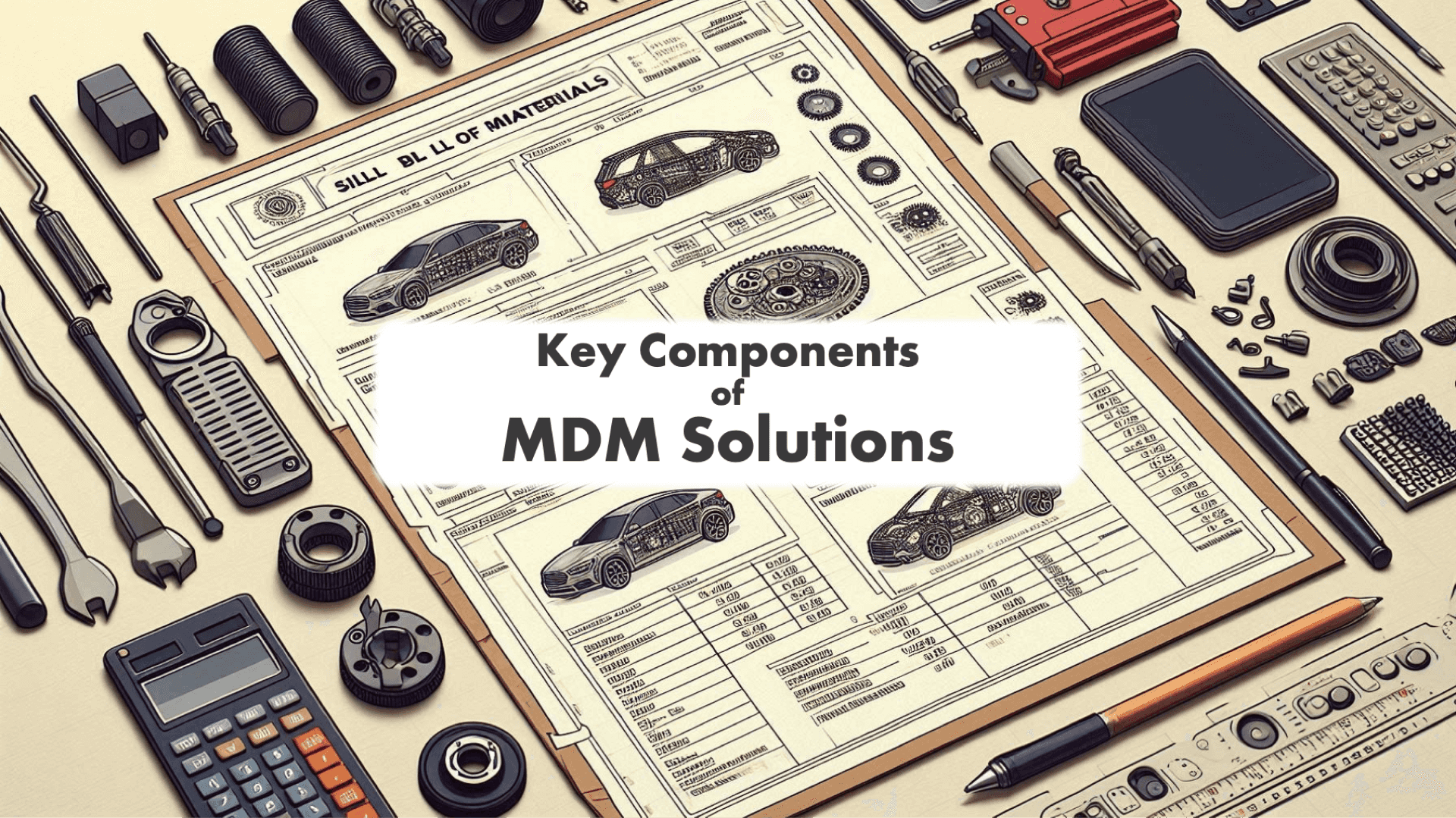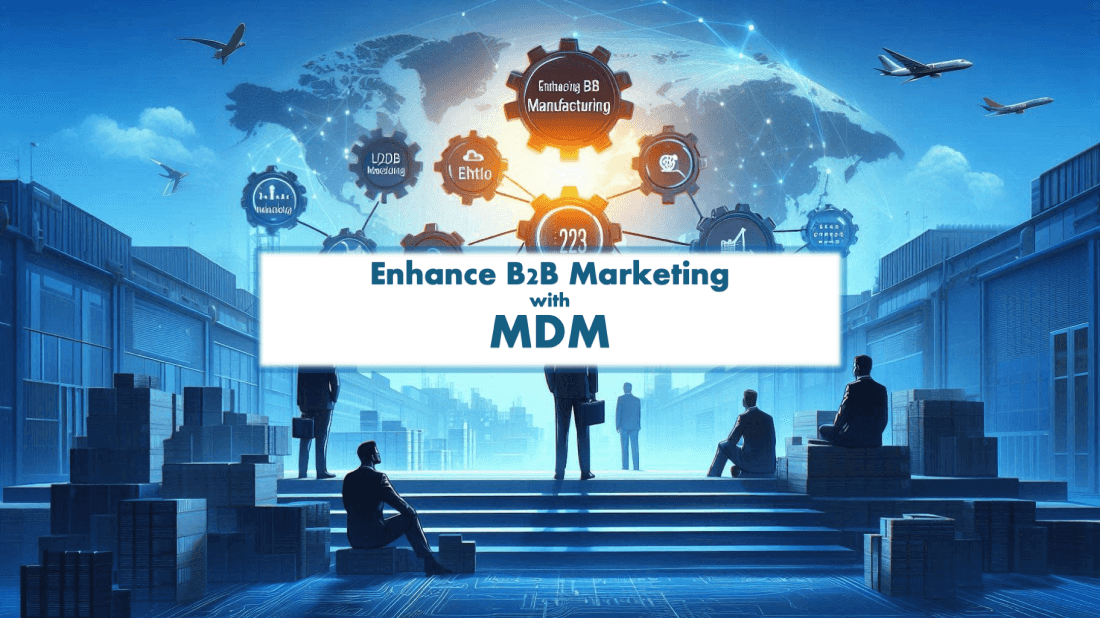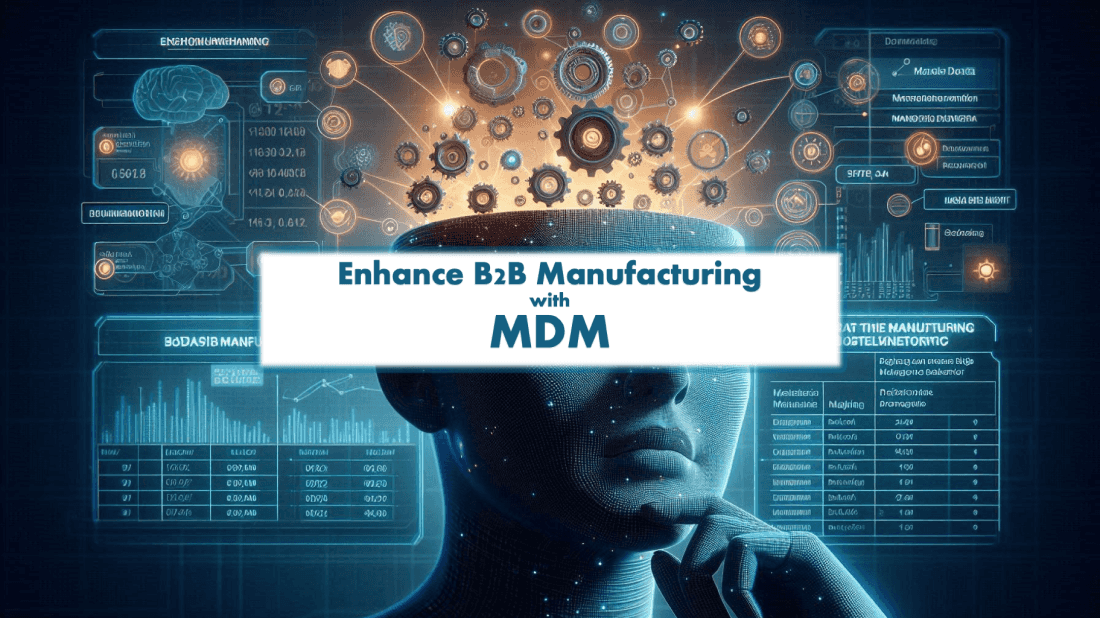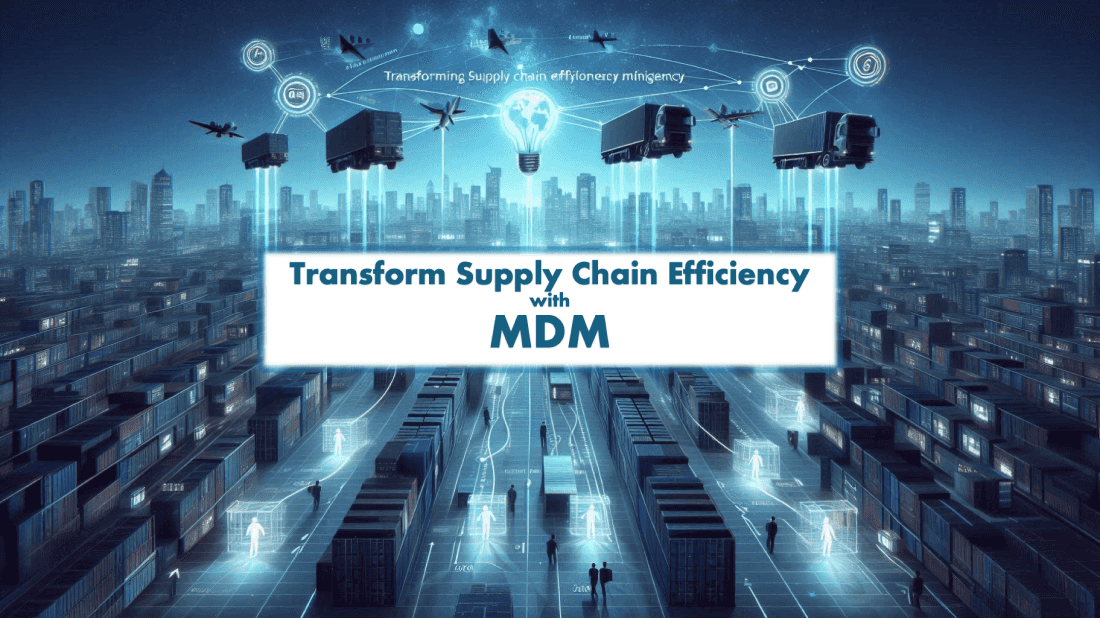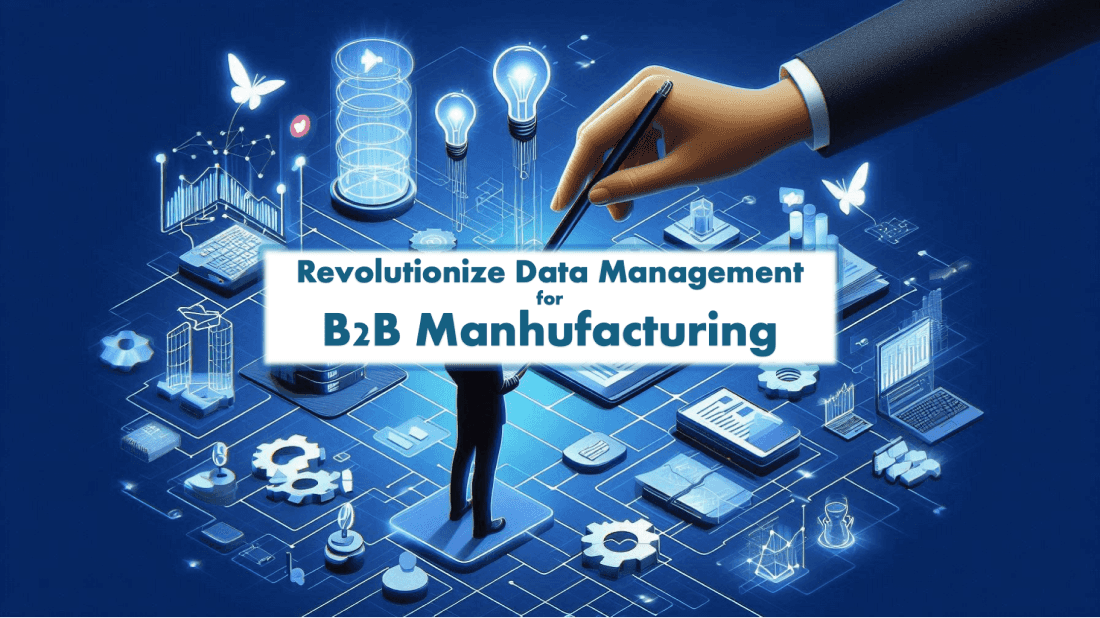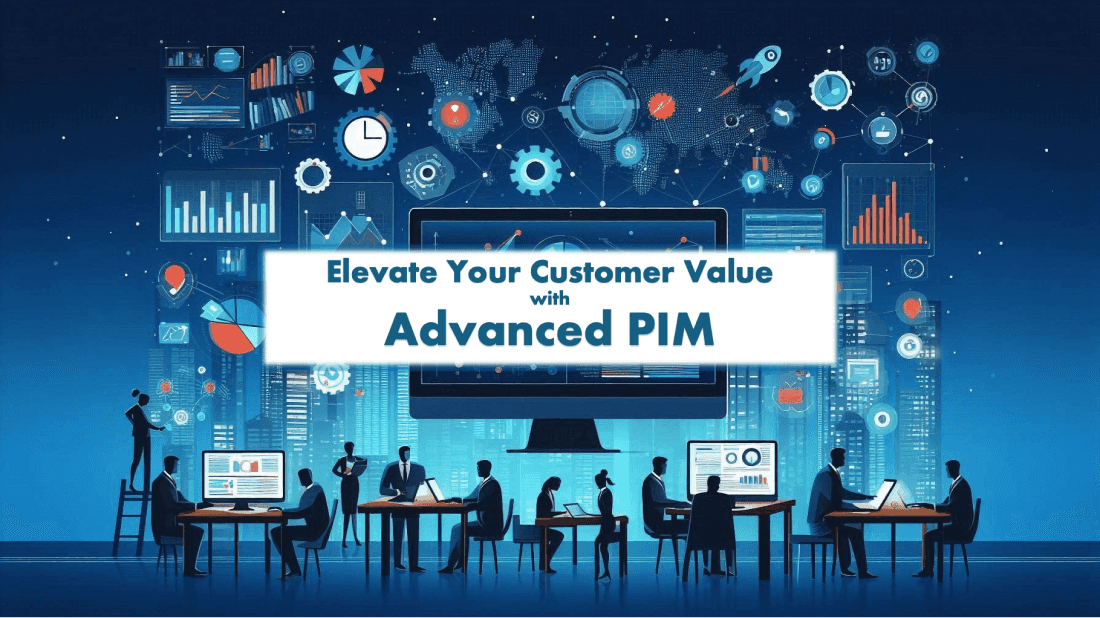Aug 14th, 2024
Exploring the Distinctions Between PIM and CMS Systems for Manufacturers
Categories:Product Information Management SystemContent Management SystemManufacturers today face a plethora of systems for managing their product data and content.
Introduction
Manufacturers today face a plethora of systems for managing their product data and content. Distinguishing between Product Information Management (PIM) and Content Management Systems (CMS) is key to streamlining operations and ensuring effective data management. Understanding the benefits of PIM for manufacturers can significantly improve business processes and product experiences.
Understanding CMS Functions
A CMS, or Content Management System, is designed to manage website content efficiently. It enables users to store, edit, archive, update, publish, and share content without needing coding expertise. This makes it a vital tool for team members within manufacturing companies.
Manufacturers use CMS platforms to handle various types of content, including text, images, videos, and other digital assets. CMS systems also support numerous plugins for added functionality and offer SEO analysis tools. Common CMS platforms include WordPress, Drupal, and e-commerce-specific CMS like Magento and Shopify.
The Role of PIM Systems
While CMS platforms excel in content management and publication, they lack the capabilities to handle product information comprehensively. This is where PIM systems come in. A PIM system centralizes, enriches, and standardizes product data before it is published through a CMS.
For manufacturers, PIM systems are indispensable. They ensure that product information is accurate and consistent across all channels, saving time through workflows and automation features. PIM systems support a variety of product catalogs, making it easier to manage and distribute product content.
Comparing PIM and CMS: Key Differences
- Core Purpose:
- CMS: Manages and publishes website content.
- PIM: Centralizes and enriches product information for multi-channel consistency, which is crucial for B2B PIM use cases.
- Applications:
- CMS: Suitable for teams creating and maintaining websites without coding skills.
- PIM: Essential for manufacturers seeking a single source of truth for product data, ensuring seamless integration with supply chain and sales channels.
- Integration Capabilities:
- CMS: Supports various plugins for enhanced features.
- PIM: Seamlessly integrates with CMS to ensure up-to-date product information, enhancing the product experience for customers.
Benefits of Integrating PIM with CMS
Combining a PIM system with your CMS offers numerous advantages for manufacturers:
- Consistency: Maintains accurate product information across all platforms, crucial for improving conversion rates and customer experiences.
- Efficiency: Automates updates and reduces manual efforts, leading to faster time to market.
- Scalability: Manages and scales product data effectively as the business grows, which is essential for enterprise PIM applications.
- Agility: Adapts quickly to changes in product information and market demands, enhancing overall business processes.
Advantages of PIM for Manufacturers
Using the best PIM software, manufacturers can significantly improve their operations. Here are some specific benefits:
- Centralized Hub: PIM acts as a centralized hub for all product data, ensuring consistency and accuracy.
- Enhanced Marketing: PIM for marketing streamlines the process of managing product descriptions and digital assets, enhancing overall marketing efforts.
- Open Source Options: Open source PIM software provides flexibility and customization options for manufacturers with unique needs.
- Cloud-Based Solutions: Cloud PIM and PIM SaaS offer scalable solutions that can grow with your business, ensuring data is always accessible and up-to-date.
Key Features of PIM Systems
When selecting the best product information management system, consider the following PIM features:
- Data Enrichment: Enhance product data with detailed descriptions, images, and videos.
- Workflow Automation: Automate repetitive tasks to save time and reduce errors.
- Integration Capabilities: Seamlessly connect with existing CMS, ERP, and other business systems.
- Scalability: Ensure the system can grow with your business, supporting an expanding product catalog and increased data volume.
Conclusion
For B2B manufacturers, understanding the distinctions between PIM and CMS systems is crucial for optimizing product information management and marketing strategies. Leveraging both systems’ strengths can result in greater consistency, efficiency, and scalability in operations. By integrating PIM tools, manufacturers can ensure their product data is always accurate and ready for any channel, enhancing both internal workflows and external customer experiences. Embracing the best PIM solutions can transform your business, making your product data management more efficient and effective.
About Neurologik.io
Do you feel like your product team at your company spends way too much time on tedious data administration instead of actual product work?
Neurologik.io streamlines all your product data into one intuitive platform, putting an end to hunting through scattered systems and manually updating information. Our advanced PIM system, ProductHub, allows customers to cut their data management workload by 80% on average. Imagine what your team could accomplish with all that time saved.
If you’d like to explore how Neurologik.io can massively boost your company’s product team productivity, Contact us for a ProductHub demo today and experience our advanced PIM system in action.
